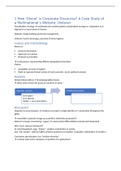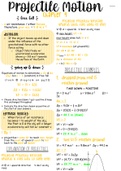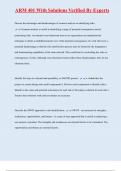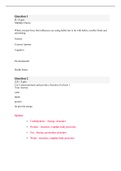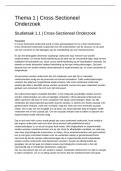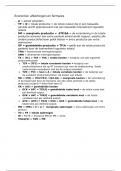● Choreographer: Christopher Bruce (& set + costume designer)
● Composer & music: by Arvo Pärt – ‘Fratres for violin and piano’
● Lighting: John B Read
● Company: Phoenix Dance Theatre
● Date performed: November 26th 2014
● Dance style: Neoclassical (combination of classical & contemporary dance)
● Duration: 12 minutes
● No. of dancers: 4 (medium) – 2 males, 2 females
● Performance environment: End on stage
● Structure: Semi-narrative
● Sections: Semi-narrative
● Choreographic approach: Working with dancers, furniture used within the choreography & using structure of music to dictate each family members story
● Choreographic intent: Small Eastern European family facing poverty/deprivation, fear of outside force & political issues
● Stimulus: The music Fratres for violin and piano by Arvo Part & relationship between family members whilst dealing with an outside force
● Themes: Relationships between family members, fear of an outside force, a small Eastern European family facing deprivation and the Holocaust - the family waiting to be taken to a
concentration camp
● Mood & atmosphere: Fear, sombre, sad, scared, frustration
No. & gender of dancers Movement Aural setting
- The number of dancers helps communicate its - At the very start of the dance all family members are sitting on - Low, minor key, booming piano notes marking
small, tight knit family, not an extended one. their stools next to the table, with their palms flat on the table the end of each section
- The genders help effectively establish the roles of top and body in a parallel alignment. They slowly turn their - Helps with structuring
the dancers in the family e.g the Mother and head towards the white light that’s downstage right and then - Forebodes something negative will happen to
daughter (female) and Father and son (male) slowly turn their heads back to look at each other the family, linking to the stimulus/theme of fear
- The eye glances towards the DSR corner helps reinforce the of an outside force
narrative of someone going to get them and links to the - Sets an ominous tone and a sombre
choreographic intent of a family in fear of what lies outside mood/atmosphere
(being taken to a concentration camp).
- Each section has a different number of dancers, - In the daughters solo she travels from downstage right to - When the children perform: Violin plays harsh,
performing either a solo, duet, trio or quartet. upstage left as she rapidly looks towards the light, twists back rapid notes at a high pitch, up and down the
to look at the family and looks back towards the light again, all scale
, - This is effective as we can see the emotions of as she’s stepping backwards, clearly agitated, towards the table - Depicts young age and young voices/cries
each family member as the dancers progresses where her family are - Suggests anxiety and stimulus of the
and the stimulus of the relationships between - This links to the stimulus of family relationships and as they relationships between family members as they
family members as they deal with the fear of an deal with the fear of an outside force. deal with an outside force
outside force
- Females wear dresses or skirts and males wear - In the son's solo he runs from upstage left to downstage right. - Son’s solo: Pauses in the music
shirts and trousers - Lots of running communicates the themes of the dance telling - Represents the family hiding in silence as they
- Gender specific and highlights femininity or the audience of the urgency and imminent arrival of the fear the external force (stimuli)
masculinity, clearly highlighting to the audience authorities. - Supports movement
the dancer’s characters and role in the family - His movements are large and expansive as he does an attitude,
- Typical of the 1940s. stamps his foot, a leg swing, then lies and beats his fists angry
and strongly on the floor
- This links to themes of an outside force and how it is affecting
him, as his clenched fists suggest he is very angry – he wants to
fight, he is deprived of his freedom. Repetition of actions such
as the fist pounding tell us that he is going over and over things
in his mind. It also shows that he is a small child having a
temper tantrum, suggesting his character as the son of the
family
- Moves are specific to the dancer’s family role. E.g - The mother puts her arms around her children’s shoulders and - When the parents perform: Soft, more fluid
the female who is playing the mother softly puts the younger dancers duck out from her piano and violin melody
her arms around her children’s shoulders and the - Shows their family dynamic and how the mother is trying to - Contrasts to the music in the children’s section
younger dancers duck out from her comfort her children but they slip backwards and run-away and suggests they are more in control, linking
- Shows their family dynamic and how the mother which links to their fear and how the family will get split up and to the choreographic intent of a family dynamic
is trying to comfort her children but they slip taken to concentration camps
backwards and run-away which links to their fear
and how the family will get split up and taken to
concentration camps (stimulus)
- End: A series of piano chords that become
quieter and slower, and finish on the low piano
notes


